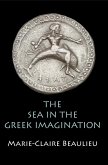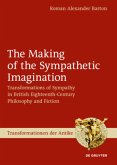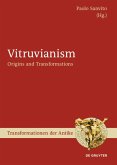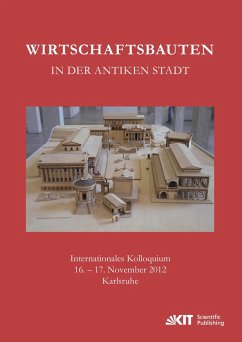Vitruvius lived within spaces that contained implicit architectural codes for him to ponder. He prescribed Roman architecture not as he saw it, but rather, as he imagined it.The Roman architect lived within an urban setting that was highly dynamic and not readily interpreted. Notions related to specific and ideal spaces were stored within the minds of builders and in turn shaped, according to a particular set of pre-existing cultural and built traditions.The corresponding looseness that characterizes the writing of Vitruvius has rendered increasingly imaginative interpretations. Through transcriptions, translations, emendations and the eventual inclusion of drawings, the transformed book has enabled the classical imagination to become fused to memories of what monuments should be.The difficulties arise when the architects and archaeologists of today, eager to convince themselves and others of their theoretic, forget that the architectural memory residing in the minds of Vitruvius and his architect colleagues remains elusive.Memory was key within the building trades and memory is thus part of our key in interpreting De architectura.
Bitte wählen Sie Ihr Anliegen aus.
Rechnungen
Retourenschein anfordern
Bestellstatus
Storno








